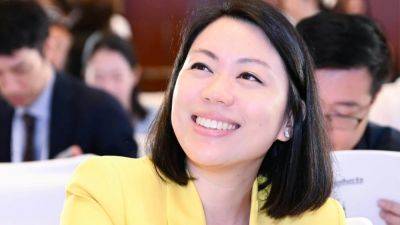What is ‘blue carbon’? Southeast Asia’s net zero answer faces setbacks
The ocean system comprising tiny phytoplanktons to mangrove belts and sea grasses can store up to five times more carbon than tropical forests, but its vast natural potential is being rapidly depleted, according to Siti Maryam Yaakub, senior director at Singapore-based International Blue Carbon Institute.
So-called blue carbon is known by scientists as carbon stored in ocean systems, and Southeast Asia has one of the largest such sources, but the region is also experiencing massive losses of this potential due to human activity such as aquaculture.
Within Southeast Asia, the two dominant blue carbon ecosystems are mangroves and seagrass habitats. Mangroves are essentially forests that grow in the interface between the land and the sea, while seagrass are underwater plants that thrive in brackish and shallow water.
The region had been lax in preserving its blue carbon potential, Siti said.
“For example, a lot of the mangroves in Sumatra and Java [in Indonesia] are quickly being converted into shrimp farming, and there’s also conversion into palm oil [cultivation],” she said.
Many poverty-stricken areas also cut down mangroves to use them as firewood for cooking, while a steady erosion is also happening due to the impact of climate change, Siti said.
“With sea levels rising, you will get more of these mangroves being inundated more frequently. And you will have changes in hydrodynamics, which drives erosion and mangroves,” she said.
The marine systems need to be protected and nurtured for their potential because they cannot only absorb carbon within the plant biomass but also in the soil sediments, Siti said.
Around 71 countries have three of the richest blue carbon sources – mangroves, seagrass and salt marshes – but only half of





